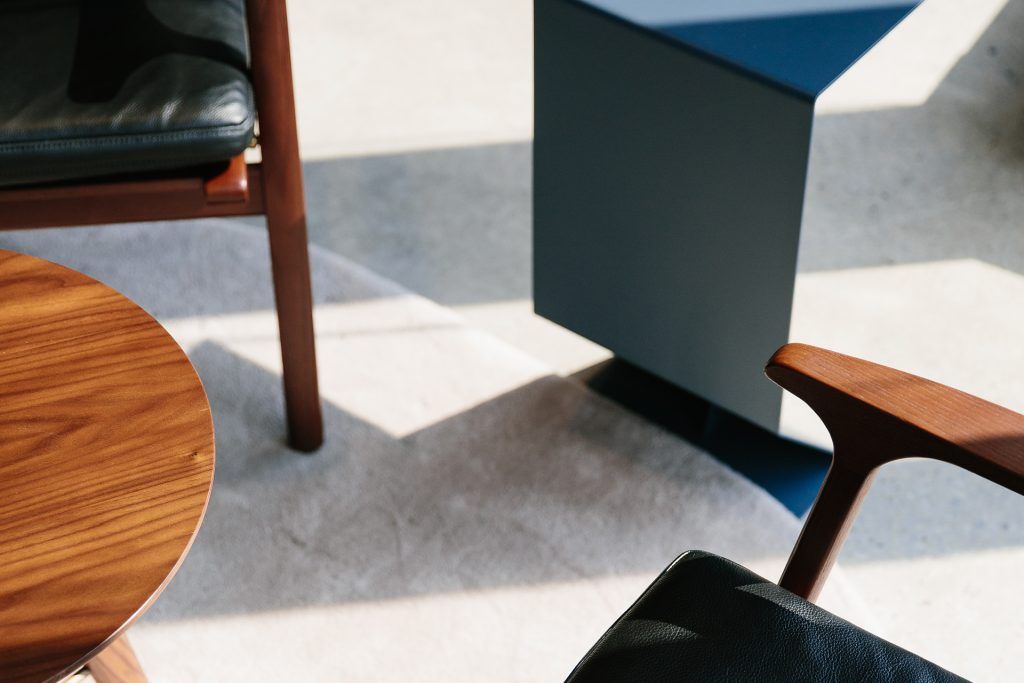In the immortal words of David Bowie, “I don’t know where I’m going from here, but I promise it won’t be boring.”
Over the last two years, we have collectively honed our ability to adapt, to be resilient, and to find both purpose and joy in the moments we share together. In 2022, these capabilities will serve us well and lead to an explosion of creativity in terms of how we approach the world of work. At Industrious, we’re fortunate to play a role in driving this change alongside small businesses, large enterprises, and innovative real estate partners. And while the future has yet to be written, the values that guide its creation seem clearer than ever.
Read below for our take on where the workplace is heading in 2022:

Enterprise
The pandemic has shown us just how critical it is to have a workplace that can accommodate uncertainty. We believe that enterprises will increasingly continue to look at flex as the smart way to navigate their changing workplace needs. Flex is a sort of testing ground for them to adopt newer work styles, and a way for them to have the space they need in the moment without losing the ability to scale their space as their needs change. Companies are realizing the importance of this and how they can provide more flexibility and choice to their employees. We believe that enterprise is in the flex arena to stay, and that long term, enterprise clients will be the fastest-growing segment of the industry.
– Lisa Cations, Senior Director of Enterprise Sales

Design
To meet the expectations of both workers and property owners, flex workspace will need to be designed with redesign in mind. Workers will expect the same freedom of customization, choice, and flexibility in the office as they have in their homes and with personal technology devices. An individual’s ability to adjust their space as they need will become a basic element of service. At the same time, a collective sensitivity to environmental impacts, supply, and cost will favor designing the office for future reuse, so that materials and space types can be easily repurposed as flex needs change. New design components, from furniture to lighting to partitions should be designed for reconfiguration.
– Amy Riggs, Senior Manager of Design Growth

Product
Our research shows that decision makers at most SMB’s leave office attendance to employee choice. That means employees will choose to come to the office for things they can’t get at home – privacy, focus time, face-to-face meetings, community, professional grade tools, an environment they feel proud to invite clients into, and more. To meet these needs, workplaces will recalibrate how they divide space between collaboration and focus in a world where hybrid workforces are the norm. There will be more spaces designed for privacy so colleagues don’t have to listen to each other’s Zoom meetings. Open floor plans will shrink. In-person meetings will happen less frequently, be more valuable, and typically have remote attendees. Meeting spaces will decrease in quantity, but increase in quality to make them more productive and effective.
– Peter Feytser, Senior Director of Product

Real Estate
Office leasing isn’t going anywhere – but modern tenants want optionality to flex in and flex out. With 86% of occupiers stating that flex is a critical part of their future office strategy (CBRE, 2021), flex adoption is gaining rapid traction in real estate. Historically, property owners have seen flex space only as a means to attract small business occupiers, who often outgrow their space. Now the industry is realizing that this quickly growing sector can attract top-tier tenants, who view having flex in a building as a necessary amenity.
– Peri Demestihas, Senior Director of Real Estate Growth

Customer Experience
People are creatures of habit. COVID has been hard for a lot of reasons, including it took away our routines and limited our options for how we work. The flex workspace will provide a sense of predictability and control in an unpredictable world. While we still may not know which days schools will move to remote learning or when we will have to isolate for a few days, there is something comforting in knowing that on the days you do make it to the office you will find people that are warm and helpful, spaces that are quiet and clean, spaces that are lively and inspiring, amenities that anticipate your needs, and food and beverage that delights you and keeps you energized. The more reliable and consistent the flex office, the more people will want to go into the office.
– Rachael Gursky, SVP Customer Experience

People
Organizations and teams will gravitate to shared spaces that facilitate team building, interaction, immersion for new team members, creativity, and innovation. The most compelling workspaces will be designed as part social setup, part innovation lab, part immersive experience – complemented by space for teams and individuals to work on a more regular basis.
– Shari Chernack, Head of People

Technology
Collaboration is more challenging yet more valuable than ever. Technology is the vehicle that will enable working together in person easier and more productive. It will enable easy, keyless access to increasingly convenient workplaces for colleagues to work together effectively and build deeper relationships. Also, say goodbye to endless email chains and Slack threads figuring out dates and schedules. The when and how of working together will be a thing of the past and people can focus on the task at hand.
– Peter Feytser, Senior Director of Product